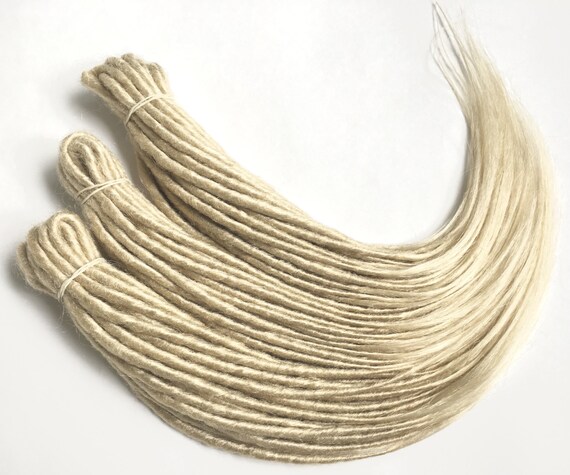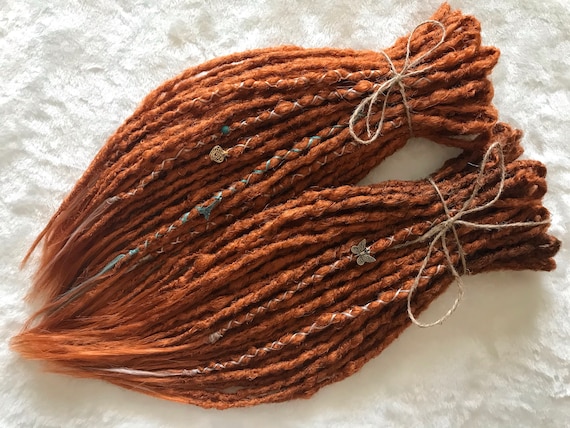

Installing 2, 3, or more double-ended tubes will require a ‘parallel’ connection.Ĭonnecting the fixtures in parallel ensures that each tube light is independent of the others. NOTE: Never let the live and neutral wires touch each other, as it may cause a short-circuit connection.
#Single ended vs double ended dread extensions install
If you have a ‘ballast-bypass’ T8 tube and need to install it in the place of a fluorescent tube with a magnetic ballast: The installation process for ‘hybrid’ and ‘ballast-bypass’ double-ended tubes is different. Check whether the existing fixture has shunted or non-shunted tombstones.Unpack your T8 LED tube and check it for any defects.Now, let’s begin with the installation process: Preparing the Fixture NOTE: Before starting the installation, make sure to turn off the main electrical supply. In simple words, single-ended tubes take both live and neutral connections on the same side, while double-ended tube lights need a live wire connection on one end and neutral on the other.

So, they can receive power from both ends. All-tube light fixtures have four pins (two on each side.) However, unlike the single-ended counterparts, double-ended LED tubes are not polarized.Nevertheless, do not forget to check the label on your tube light before installation. Since most tube lights from the T-series can work with the G-13 style socket, you may not have to replace an existing socket.You can read this blog post to know the difference between shunted and non-shunted tombstones. Most T8 tubes, except for the ones with an instant-start ballast, need a non-shunted tombstone.Nevertheless, it will help if you read and follow the product specifications on your LED tube light before attempting a direct-wire installation.īefore you go through the guide, here’s some necessary information about T8 LED tubes: There are two types of double-ended LED tubes: direct-wire and ‘plug&play.’ This installation guide takes the reference of a double-ended T8 LED tube.


 0 kommentar(er)
0 kommentar(er)
